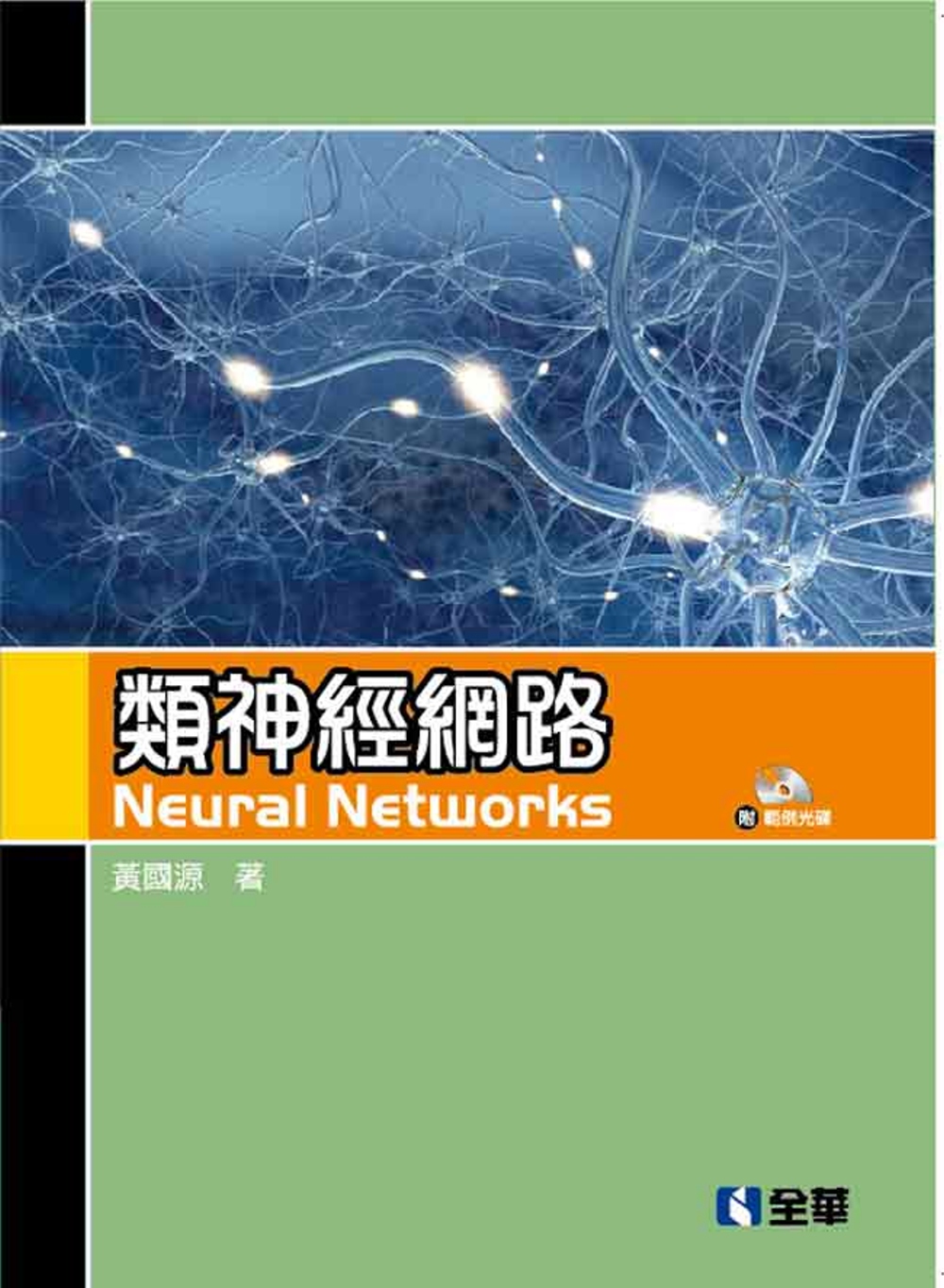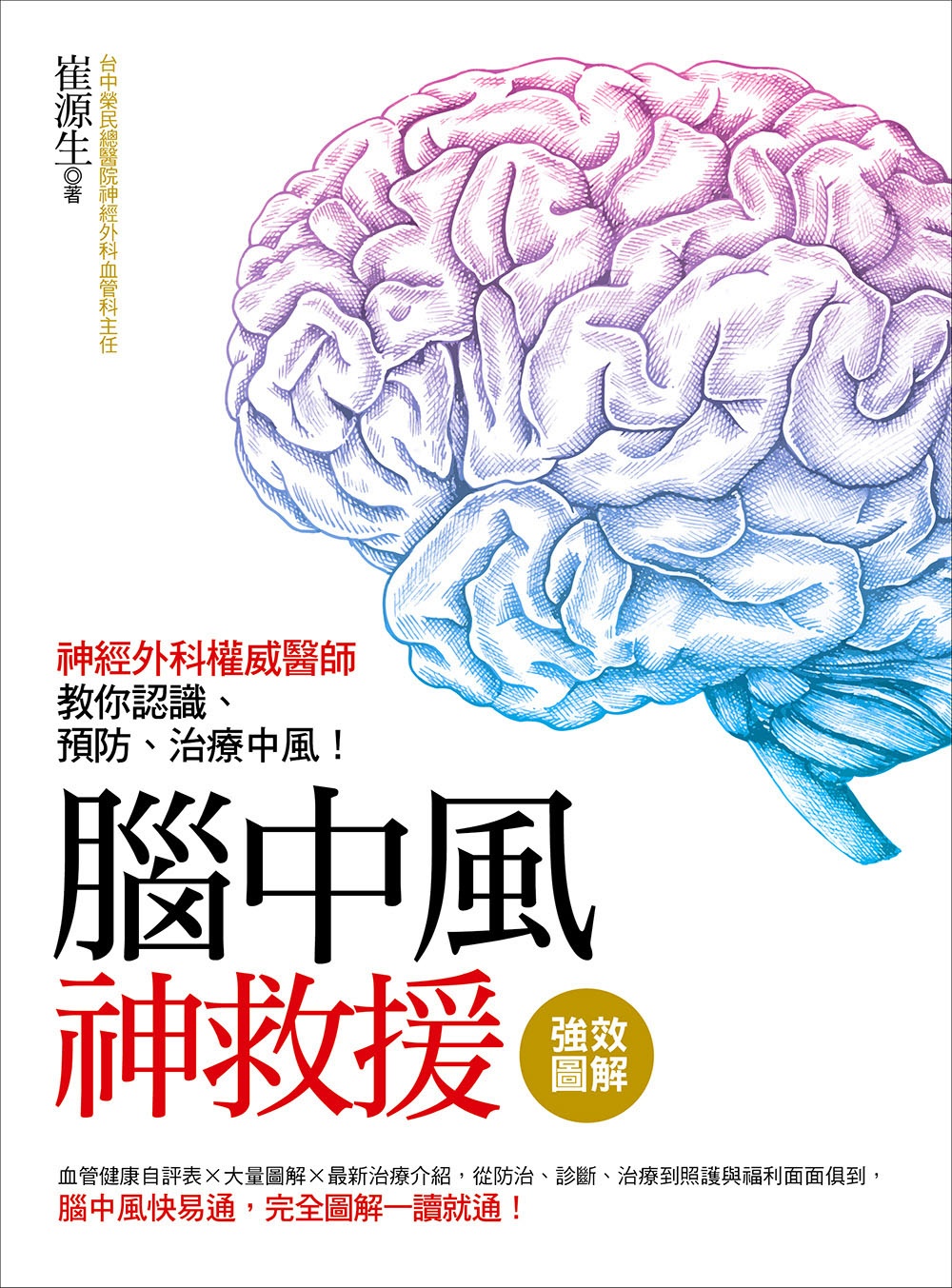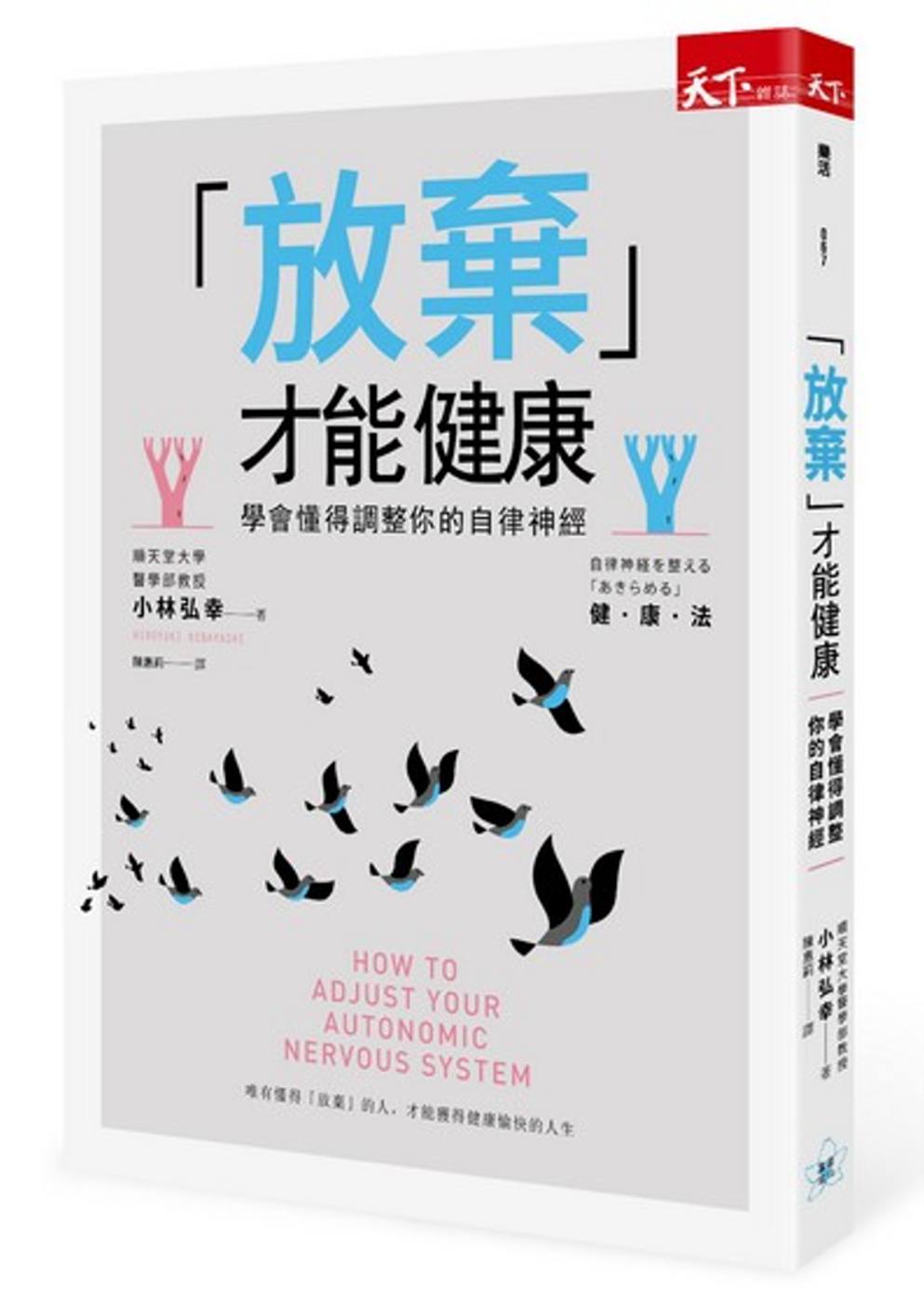類神經網路(第四版)(附範例光碟) | 生病了怎麼辦 - 2024年11月

類神經網路(第四版)(附範例光碟)
人類的頭腦約由1011個神經元所組成,所有的訊息就在神經元與神經元間靠著軸突及樹突的發送與接收來傳遞。在這樣的一個過程中,所接收進來的各種訊息被分類或辨認,進而形成了人類的認知與思維。現在我們利用數學的計算來模擬神經元的運作,進而模擬神經網路的傳送,以期達到分類或辨認。類神經網路的特點為學習,學習的目的是要調整神經腱的大小,即調整加權係數,我們要探討各種就是學習法則。的類神經網路的模型及其加權係數的調整公式,也本書著重於利用類神經網路的方法於圖形辨識與最佳化問題之解決,因此將先介紹傳統的識別方法,再介紹類神經網路的各種理論及模型。本書提供基本的例子讓讀者容易了解,容易進入類神經網路的領域,在探討的多個模型中,均有自己提出的見解。
本書特色
1.本書著重於利用類神經網路的方法於模式辨別與最佳化問題之解決。
2.提供基礎範例讓讀者容易了解,容易進入類神經網路的領域。
3.在何普菲模型應用於解銷售員旅行問題(TSP)走最短距離的迴旋距離的優化,有詳細的分析;在何普菲類神經網路及一般化的蜂窩神經網絡也有做基本的介紹。
第一章 簡介
1.1 圖型的定義與圖型識別的方法
1.2 Decision-theoretic Approach的圖形識別與空間分割
1.3 Pattern Recognition Systems
1.4 Non-parametric & Parametric Methods
1.5 人類頭腦的Neuron與模擬的Perceptron
1.6 Two Class Data分佈的複雜性
1.7 Activation Function
1.8 Development History of Neural Networks
1.9 Neural Network Applications
第二章 DECISION-THEORETIC PATTERN RECOGNITION 決策理論的圖形識別Decision-theoretic Approach的圖形識別與Discriminant Functions
2.2 Nonparametric Pattern Recognition非參數式之圖形識別:Using Discriminant Functions
2.2.1 Linear discriminant functions for pattern recognition
2.2.2 Nonlinear discriminant functions for pattern recognition
2.2.3 Perpendicular bisector
2.2.4 Minimum-distance classifier
2.2.5 Minimum-distance classifier with respect to point sets (Piecewise-linear discriminant functions, Nearest-neighbor classification)
2.2.6 N-nearest neighbor classification rule
2.3 Parametric Pattern Recognition 參數式之圖形識別
2.3.1 Bayes theorem (貝氏定理) and probability density function (pdf)
2.3.2 Bayes (Parametric) classification rule (貝氏分類法則)
2.3.3 Sequential classification
2.3.4 Neyman-Pearson test
2.3.5 Linear Classifier Design
2.3.6 Feature selection
2.3.7 Error estimation
2.4 Unsupervised Pattern Recognition
2.4.1 Minimum spanning tree (MST) clustering
2.4.2 K-means clustering
2.4.3 Hierarchical Clustering Using Dendrogram (Unsupervised Clustering) 2
第三章 PERCEPTRON 認知器數學上解Decision Boundary之困難
3.2 Perceptron
3.3 Classification
3.4 Training (Learning)
3.5 Flowcharts of Perceptron
3.6 Convergence Proof of Perceptron for Fixed Increment Training Procedure
3.7 Perceptron for Logic Operation
3.8 Layered Machine (Committee Machine/Voting Machine)
3.9 Multiclass Perceptrons
3.10 Perceptron with Sigmoidal Activation Function and Learning by Gradient Descent Method
3.11 Modified Fixed-increment Training Procedure
3.12 Multiclass Perceptron with Delta Learning Rule
3.13 Widrow-Hoff Learning Rule
3.14 Correlation Learning Rule
第四章 MULTILAYER PERCEPTRON 多層認知器 Introduction
4.2 設計Multilayer Perceptron with 1 Hidden Layer 解XOR的分類問題
4.3 Gradient and Gradient Descent Method in Optimization
4.4 Multilayer Perceptron (MLP) and Forward Computation
4.5 Back-propagation Learning Rule (BP)
4.5.1 Analysis
4.5.2 Back-propagation learning algorithm of one-hidden layer perceptron (I)
4.5.3 Back-propagation learning algorithm of one-hidden layer perceptron (II)
4.6 Experiment of XOR Classification & Discussions
4.7 On Hidden Nodes for Neural Nets
4.8 Application - NETtalk:A Parallel Network That Learns to Read Aloud
4.9 Functional-Link Net
第五章 RADIAL BASIS FUNCTION NETWORK (RBF) 輻射基底函數網路 Introduction
5.2 RBF Network 第一層的Learning Algorithm
5.3 RBF Network 第二層的Learning Algorithm
5.4 設計RBF Model to Classify XOR Patterns
第六章 SUPPORT VECTOR MACHINE (SVM) 支持向量的分類器Introduction
6.2 點到Hyperplane之距離
6.3 Role of Support Vectors in Optimal Margin Classifier for Linearly Separable Case
6.4 Find Optimal Margin Classifier for Linearly Separable Case
6.5 SVM for Nonseparable Patterns
6.5.1 Primal Problem
6.5.2 Dual Problem
6.6 Feature Transformation and Support Vector Machine (SVM) – Kernel SVM
6.6.1 Primal Problem and Optimal Separating Hyperplane之建立
6.6.2 在Dual Problem上求解新的Feature Space上的Support Vector Machine
6.6.3 Gradient Ascent的調適性的方法求 Lagrange Multipliers
6.7 Multiclss Classification Using Support Vector Machine
6.7.1 Maximum Selection Classification System Using SVMs
6.7.2 利用SVM 於數字辨識的樹狀分類系統 (Tree Classification System)
6.7.3 Multi-class Classification Using Many Binary SVMs
6.8 SVM Examples
6.8.1 直接利用Lagrange method (沒有利用KKT conditions 的Lagrange method)
6.8.2 利用加入KKT 的Lagrange method
6.8.3 Support Vector Machine (SVM) Using Feature Transformation – Kernel SVM
6.8 Exercise
第七章 KOHONEN’S SELF-ORGANIZING NEURAL NET 自我組織的類神經網路 Winner-Take-All Learning Rule
7.2 Kohonen’s Self-organizing Feature Maps
7.3 Self-organizing Feature Maps於TSP
第八章 PRINCIPAL COMPONENT NEURAL NET 主分量類神經網路Introduction
8.2 Hebbian Learning Rule
8.3 Oja的學習法則
8.4 Neural Network of Generalized Hebbian Learning Rule
8.5 Data Compression
8.6 Effect of Adding One Extra Point along the Direction of Existing
Eigenvector
8.7 Neural network的PCA的應用
第九章 HOPFIELD NEURAL NET
9.1 Lyapunov Function
9.2 Discrete Hopfield Model
9.3 Analog Hopfield Model
9.3.1 Circuits and Power
9.3.2 Analog Hopfield Model
9.4 Optimization Application of Hopfield Model to TSP
9.5 與Hopfield Neural Net有關的研究與應用
第十章 CELLULAR NEURAL NETWORK 蜂巢式類神經網路
10.1 簡介
10.2 蜂巢式類神經網路架構
10.3 蜂巢式類神經網路的穩定性分析
10.4 蜂巢式類神經網路與Hopfield神經網路的比較
10.5 離散蜂巢式類神經網路
第十一章 HAMMING NET
11.1 Introduction
11.2 Hamming Distance and Matching Score
11.3 Hamming Net Algorithm
11.4 Comparator
第十二章 ADAPTIVE RESONANCE THEORY NET (ART)
12.1 Introduction
12.2 ART1 Neural Model
12.3 Carpenter/Grossberg ART1 Net的Algorithm
12.4 Revised ART algorithm
第十三章 FUZZY, CLUSTERING, AND NEURAL NETWORKS
13.1 Fuzzy C-means Clustering Algorithm
13.2 Fuzzy Perceptron
13.3 Pocket Learning Algorithm
13.4 Fuzzy Pocket
參考文獻
附錄
Appendix A:Inner Product (內積)
Appendix B:Line Property and Distance from Point to Line
Appendix C:Covariance Matrix
Appendix D:Gram–Schmidt Orthonormal Procedure
Appendix E:Lagrange Multipliers Method
Appendix F:Gradient, Gradient Descent and Ascent Methods in Optimization
Appendix G:Derivation of Oja’s learning rule
Appendix H:類神經網路程式實驗報告範例
Appendix I:實驗報告範例之電腦程式
Appendix J:MATLAB Program of Perceptron
Appendix K:MATLAB Program of Multilayer Perceptron
Appendix L:FORTRAN Program for Perceptron
Appendix M:畫aX+bY+cZ+常數= 0的平面的Matlab電腦程式
Appendix N:Support Vector Machine的數學推導
Appendix O:Projects
Appendix P:Project #1的部份Matlab程式
 懶人瑜伽:【漫畫解剖】16式超有感...
懶人瑜伽:【漫畫解剖】16式超有感... 下午5點02分,我中風了:中西醫雙...
下午5點02分,我中風了:中西醫雙... 養背,明年更年輕:脊骨神經專家設計...
養背,明年更年輕:脊骨神經專家設計... 70%的人都有自律神經失調?!:別...
70%的人都有自律神經失調?!:別... 強效圖解!腦中風神救援:神經外科權...
強效圖解!腦中風神救援:神經外科權... 魔法瑜伽:日本No.1瑜伽YouT...
魔法瑜伽:日本No.1瑜伽YouT... 迷走神經的自我檢測與治癒:自律神經...
迷走神經的自我檢測與治癒:自律神經... 「放棄」才能健康:學會懂得調整你的...
「放棄」才能健康:學會懂得調整你的... 醫生說你根本就沒病:只是自律神經失調
醫生說你根本就沒病:只是自律神經失調 你的姿勢很有事:生活中最要命的小姿...
你的姿勢很有事:生活中最要命的小姿...